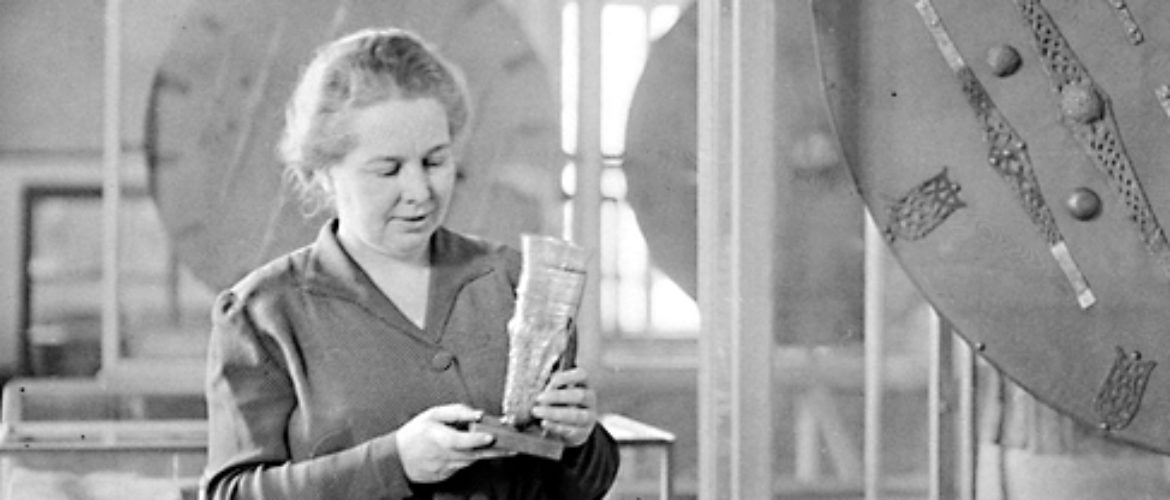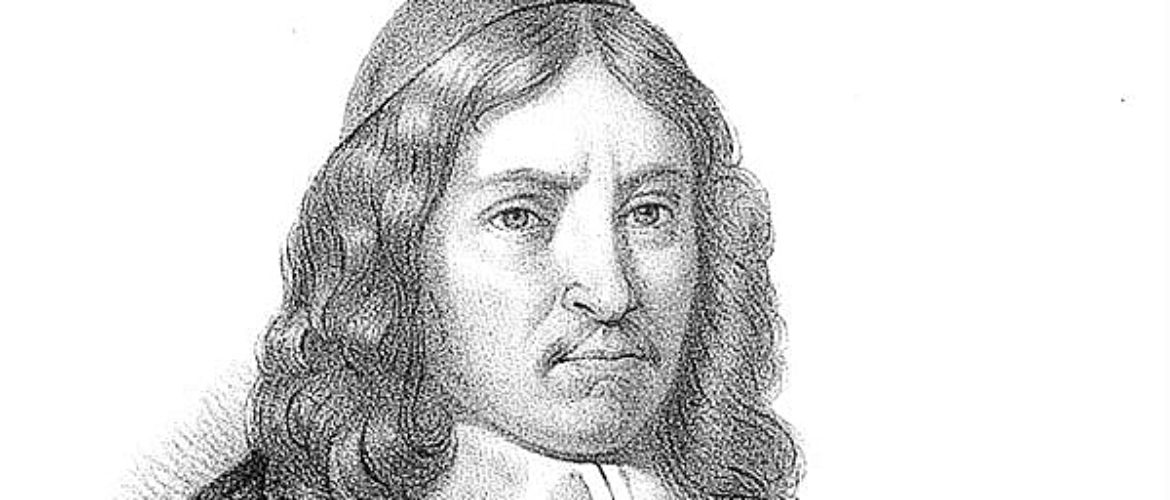1791–1857.
Archaeologist, numismatist, university librarian.
Already during his studies, Schröder was commissioned to assist in the listing of Bishop Carl Nordin's large handwriting collection to Uppsala University Library. In 1815 Schröder received a Master of Arts degree at Uppsala University and associate professor of literary history.
Schroeder was also involved in the work on the editions of the older Swedish documents Scriptores rerum Suecicarum medii aevi (three parts, 1818, 1828, 1871-1876). He also took an interest in antiquity and art and carried out several trips through the country to record collections and archives and to describe ancient monuments and documents.
Numismatics was a particular interest that Schroeder devoted himself to and in 1820 he became head of the Uppsala University coin cabinet and later director of the University's Museum of Nordic Antiquities. Schroeder's knowledge of the book system led him to be engaged in cataloguing and expanding several private libraries.
In 1830 Schroeder became University Librarian in Uppsala and in August 1841 the book collections from Gustavianum were transferred to the newly built university library Carolina Rediviva. The staff of the Library, university and student nation's caretakers, teachers and students participated in the transport up Odinslund.
Schroeder's contacts with private book collectors and his many business trips in Europe contributed to expanding the Uppsala University Library with a considerable amount of rarities.
Burial site: 0104-0247
Image description: Johan Henrik Schröder, oil painting from 1840 by Johan Gustaf Sandberg. Photo: UUB. [The image is cropped]
Click here for an uncropped image






